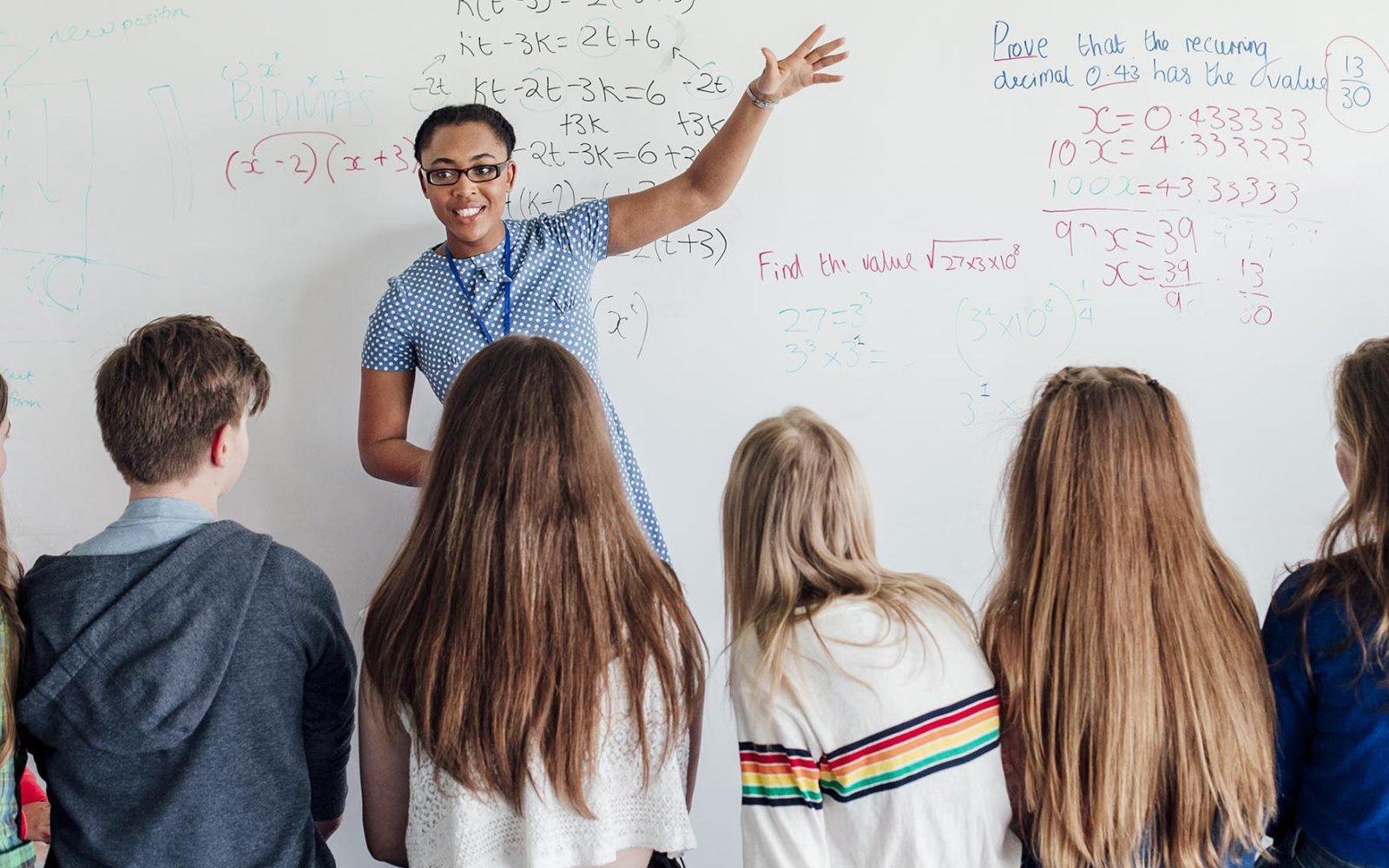The consequences of the COVID-19 pandemic were sudden and very severe. Global trade markets were disrupted, people had to shift from traditional office work to work at home, and online shopping has taken over traditional shopping. Coronavirus has changed and will continue to change more than just the economic world.
Another primary sector that underwent a historic shock is the education system. With the near-total closures of different educational institutions, the unfavorable effect of the epidemic has through the global educational system years behind schedule and recovery will take years, if not decades. However, one thing is clear: the education system cannot go back to the “old normal.”
Whether you are an elementary teacher, a high school teacher or a special education teacher, you cannot go back to the way your profession used to be. It is evident that the education system, including the teaching profession, needs to change; maybe it’s the time to hope and work for a better future. And, the basis or the center if you like, of this “new normal” for teaching is sustainability.
What Is Sustainable Teaching?
 In the contemporary era we are living in, the word “sustainability” is very common and popular and is often used as a synonym for “environment-friendly” or “go green.” However, since the term “sustainable teaching” is quite new on the market, there are no agreed or official definitions yet.
In the contemporary era we are living in, the word “sustainability” is very common and popular and is often used as a synonym for “environment-friendly” or “go green.” However, since the term “sustainable teaching” is quite new on the market, there are no agreed or official definitions yet.
For eco-conscious people, sustainable teaching refers to the use of teaching methods that can protect the natural resources of the planet. To others, sustainable teaching refers to a way of teaching that will give teachers a voice as well as opportunities for improving their quality of teaching, which will eventually enhance the quality of learning for students.
According to the English Classroom, sustainable teaching can be defined as the following:
“Sustainable Teaching is the practice of giving students the skills they need for life-long learning outside of the classroom. We do this through teaching issues of sustainability as well as soft skills such as critical thinking, research, collaboration, and presentation skills.”
Although the definitions may vary, there is one thing that connects all definitions: the need to improve the teaching profession as well as the education system.
How Schools Can Support Sustainable Teaching?

Provide Basic Needs
To understand this argument, it is important to first grasp the famous theory of Maslow. The Maslow’s hierarchy of needs is a motivational concept that shows how the five classifications of human needs dictate behavior. According to this theory, the lower needs in the hierarchy must be satisfied before an individual can attempt to meet the needs higher up. Similarly, a teacher cannot change institutional systems and think of a new pedagogy unless his/her own basic needs as a teacher are not met.
Whether the teacher wants to connect students with nature or expose them to specific literature and artwork that can inspire positive change in them, it is first critical for the school to provide a safe environment and basic materials for the teacher to use. Once the basic needs of teachers are met, they can climb the ladder to satisfy the “sustainable” need.
Create a Sense of Belonging
The human behavior depends on and changes according to the environment you are in and the people you interact with. A sense of belonging to a place or with someone can help you remain anchored on what you feel and what you want.
Numerous studies have shown that when teachers are connected with each other and work in teams, they are able to accomplish a lot of great things. Sustainable teaching can only succeed when teachers feel like they belong to the school and this can be achieved by organizing frequent staff meetings or setting up a group work culture.
In this challenging profession and new pedagogy, schools have a huge role to play. To learn more about how schools can support sustainable teaching, stay tuned for part 2!




